Understanding Injection Molded Parts
Injection molded parts are integral components in a wide range of industries, demonstrating their versatility, cost-effectiveness, and reliability. These components, produced through a specialized manufacturing process, are essential in everything from automotive applications to consumer electronics. The primary advantage of injection molded parts is the ability to produce high-quality, complex shapes efficiently and economically, making them an optimal choice for both prototypes and mass production.
What Are Injection Molded Parts?
Injection molded parts are created when molten material, typically plastic, is injected into a mold cavity, where it cools and solidifies into a desired shape. This process can accommodate a variety of materials including thermoplastics, thermosets, and elastomers, each providing different mechanical and aesthetic properties. Once cooled, the molded parts are ejected from the mold, and the cycle can repeat quickly, producing thousands of identical parts in a short timeframe.
Advantages of Using Injection Molded Parts
- High Efficiency: Injection molding is one of the fastest manufacturing methods available, capable of producing thousands of parts in a single day.
- Precision and Consistency: This process allows manufacturers to achieve high tolerances, ensuring that each part is consistent in shape and function.
- Material Utilization: Minimal scrap is generated since most of the material is used to produce parts, making it a more sustainable option.
- Design Flexibility: Injection molding can yield complex geometries that would be impossible or prohibitively expensive to achieve using other methods.
- Cost Efficiency for Large Productions: Once the mold is created, the cost per part decreases significantly as production scales up.
Common Applications of Injection Molded Parts
Injection molded parts are ubiquitous in various sectors. Key applications include:
- Automotive Components: Dashboard panels, bumpers, and light housings.
- Consumer Electronics: Cases for smartphones, tablets, and wearables.
- Healthcare Products: Medical device housings, syringe bodies, and surgical instruments.
- Household Items: Kitchenware, storage containers, and toys.
- Industrial Equipment: Gaskets, fittings, and protective coverings.
The Injection Molding Process
Step-by-Step Overview of Injection Molding
The injection molding process consists of several stages that, when integrated, create a reliable and efficient method of production:
- Material Preparation: Resins are prepped into small plastic pellets before being fed into the injection molding machine.
- Heating and Melting: The plastic pellets are heated until they melt into a viscous liquid.
- Injection: The molten plastic is injected into a mold under high pressure.
- Cooling: The material is cooled within the mold, solidifying its shape.
- Ejection: The mold opens, and ejector pins help release the finished part from the mold.
- Finishing: Any necessary finishing processes, such as trimming or surface treatment, are performed.
Key Components of Injection Molding Machines
An injection molding machine comprises several critical components that work together to create injection molded parts. These include:
- Injection Unit: This component melts and injects thermoplastic materials into the mold.
- Mold: The mold is specifically designed to shape the material into the final part.
- Clamping Unit: Holds the two halves of the mold together under pressure during the injection process.
- Cooling System: Circulates coolant to remove heat from the molded part, aiding in the solidification process.
- Control System: Regulates the machine’s operations and monitors the injection molding process.
Quality Control and Testing Methods
Ensuring product quality is paramount in injection molding. Various quality control methods are employed, including:
- Visual Inspection: Technicians examine parts for defects such as surface blemishes or misalignments.
- Dimensional Verification: Uses gauges and calipers to verify part dimensions against specifications.
- Material Testing: Evaluates the mechanical properties of materials before and after molding.
- Functional Testing: Parts undergo functionality tests to ensure they perform as intended in their applications.
Design Considerations for Injection Molded Parts
Essential Factors in Designing for Injection Molding
Successful injection molded parts begin with design considerations that enhance manufacturability. Key factors include:
- Draft Angles: Incorporating proper draft angles helps parts release easily from the mold.
- Wall Thickness: Consistent wall thickness prevents warping and ensures uniform cooling rates.
- Details and Features: Avoid deep undercuts and intricate details that may complicate the mold design.
Best Practices for Material Selection
Choosing the right material for injection molding depends on several factors, including:
- Mechanical Properties: Requirements for strength, elasticity, and impact resistance.
- Environmental Conditions: Exposure to temperature, moisture, and chemicals should inform material choice.
- Aesthetic Needs: Color, transparency, and surface finish preferences should also guide material selection.
Common Design Flaws to Avoid
Design flaws can lead to increased production costs and delays. Common issues to avoid include:
- Poor Tolerancing: Tight tolerances can increase tooling costs and complications during manufacturing.
- Inadequate Venting: Failing to provide air escape paths can lead to trapped air and defects.
- Complex Geometries: Overly complex designs can lead to higher costs and prolonged production times.
Innovations in Injection Molding Technology
Advancements in Machine Technology
In recent years, injection molding technology has seen significant advancements:
- Electric Injection Molding Machines: Provide better energy efficiency and precision.
- Hybrid Systems: Combine hydraulic and electric technologies for improved flexibility.
- 3D Printing Integration: Allows for rapid prototyping and adjustments before full production.
Environmental Considerations and Sustainable Practices
As sustainability becomes more imperative, innovations aim to reduce waste and enhance resource efficiency. Practices include:
- Recycling: Incorporating recycled plastics into the molding process is becoming more common.
- Energy-Efficient Equipment: Machines designed to minimize energy consumption are gaining traction.
- Sustainable Material Choices: Bioplastics and eco-friendly materials are gaining popularity.
Future Trends in Injection Molding
The future of injection molding is poised for growth and innovation, influenced by several trends:
- Smart Manufacturing: The integration of IoT devices in manufacturing processes to enhance efficiency and tracking.
- Customization: A shift toward smaller production runs of customized parts to meet specific customer needs.
- Advanced Simulation Software: Utilizing simulation tools for mold flow analysis and optimization, reducing waste significantly.
Choosing the Right Manufacturer for Your Injection Molded Parts
Evaluating Injection Molding Suppliers
Choosing the right manufacturer is crucial for the quality and success of your projects. Key evaluation criteria include:
- Experience and Expertise: Assess the supplier’s history and specialization in your industry.
- Technology and Equipment: Ensure they employ up-to-date technology and practices that guarantee high quality.
- Quality Control Processes: Inquire about their quality assurance procedures and certifications.
Questions to Ask Potential Manufacturers
When interviewing potential manufacturers, consider asking these questions:
- What types of materials can you work with?
- What is your lead time for both prototype and full-scale production?
- Can you provide case studies or references from similar projects?
- What are your quality control measures?
Case Studies of Successful Injection Molded Projects
Examining successful injection molding projects can provide insight into the efficiency and capabilities of a prospective partner. Consider exploring:
- Consumer Electronics: A company that rapidly scaled production for a popular gadget while maintaining quality and delivery timelines.
- Automotive Parts: A partnership that redesigned a component that reduced weight and improved performance significantly.
- Medical Equipment: Projects showcasing how injection molded parts helped meet stringent regulatory standards without compromising on cost or quality.
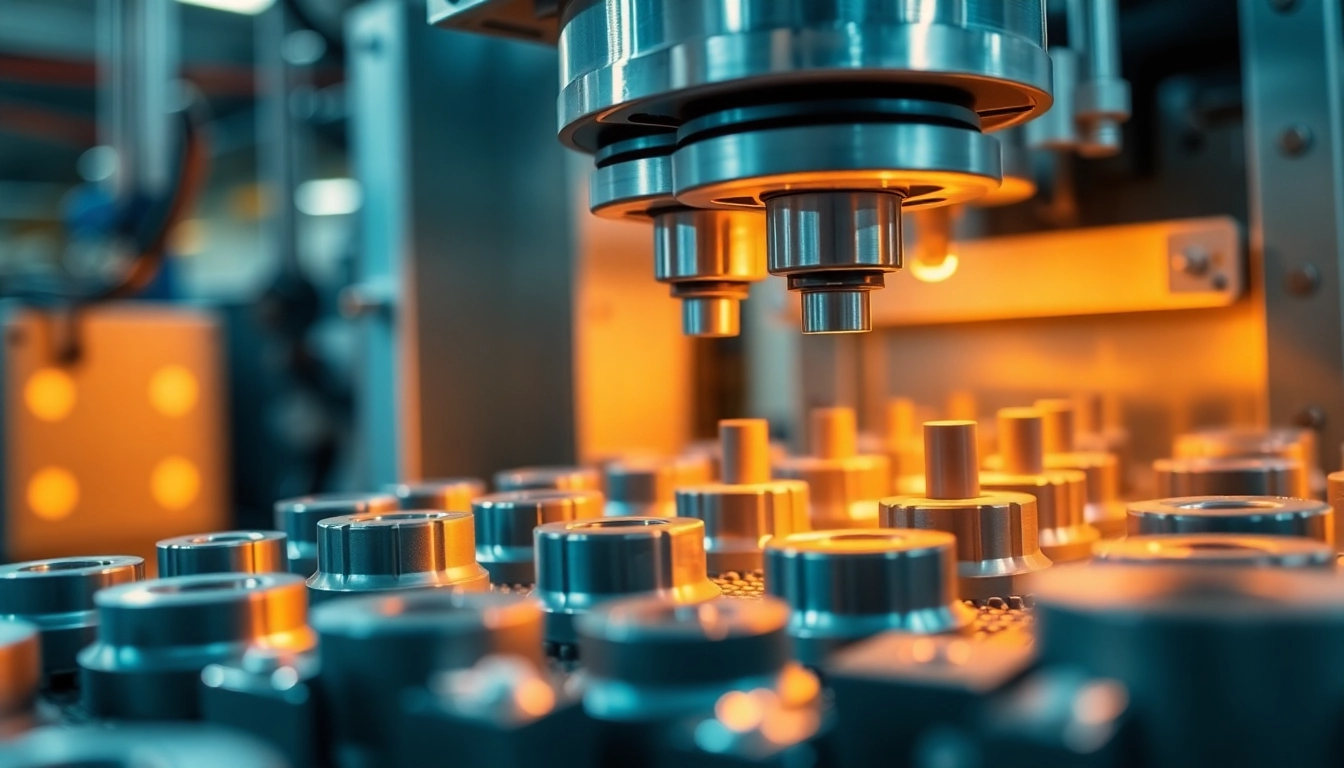
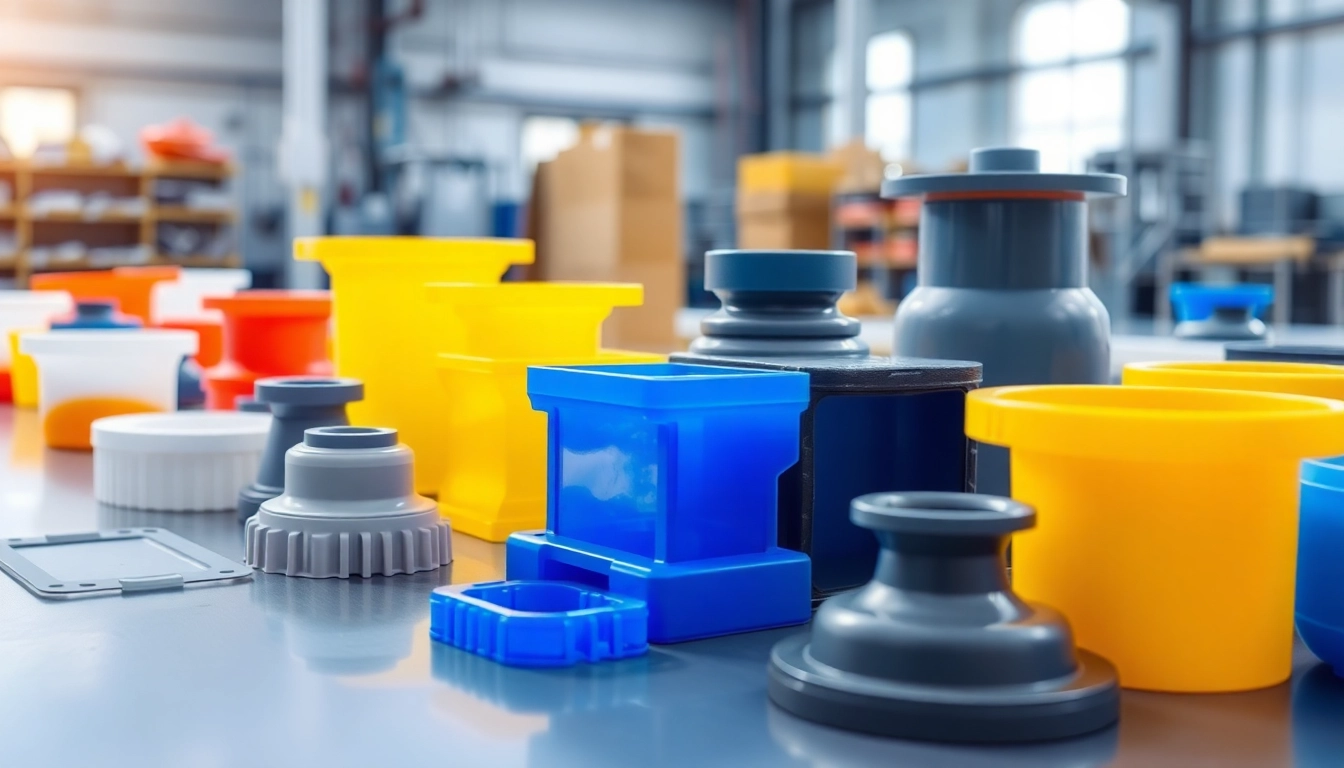
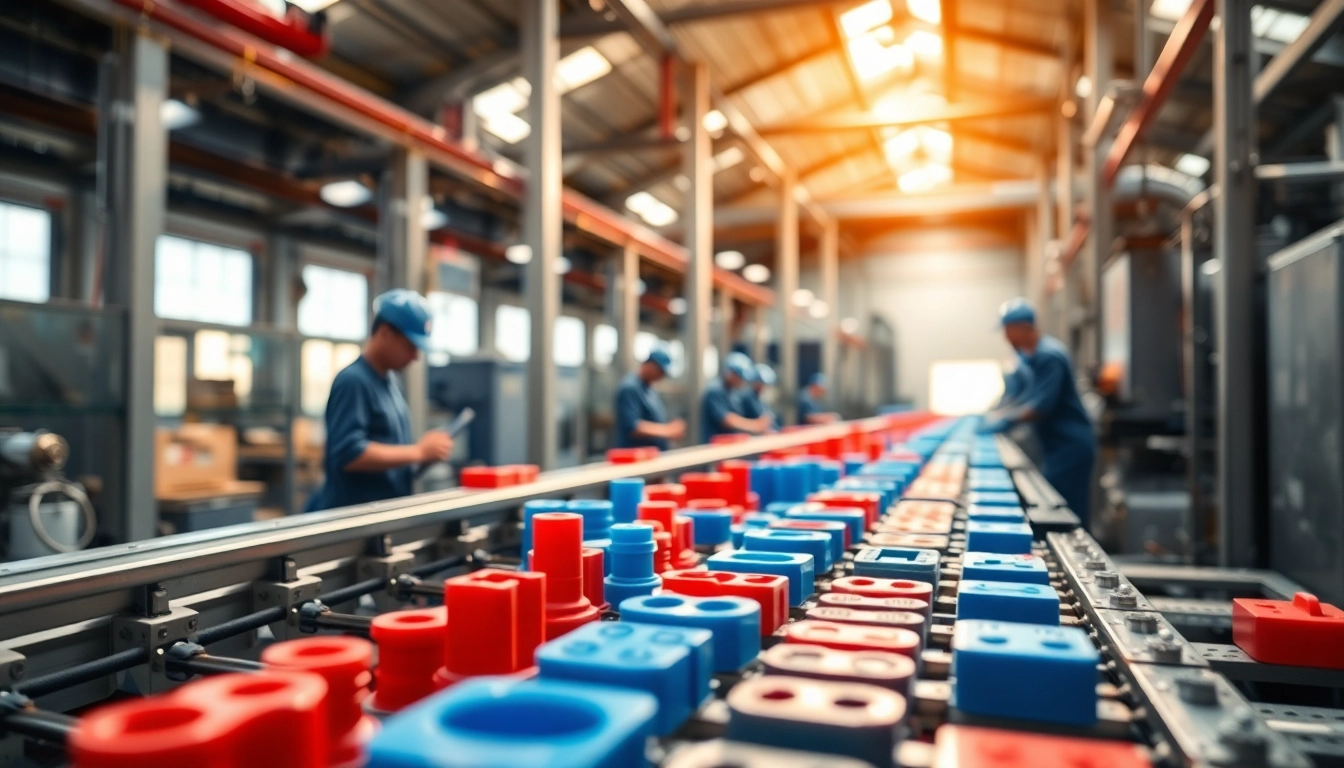
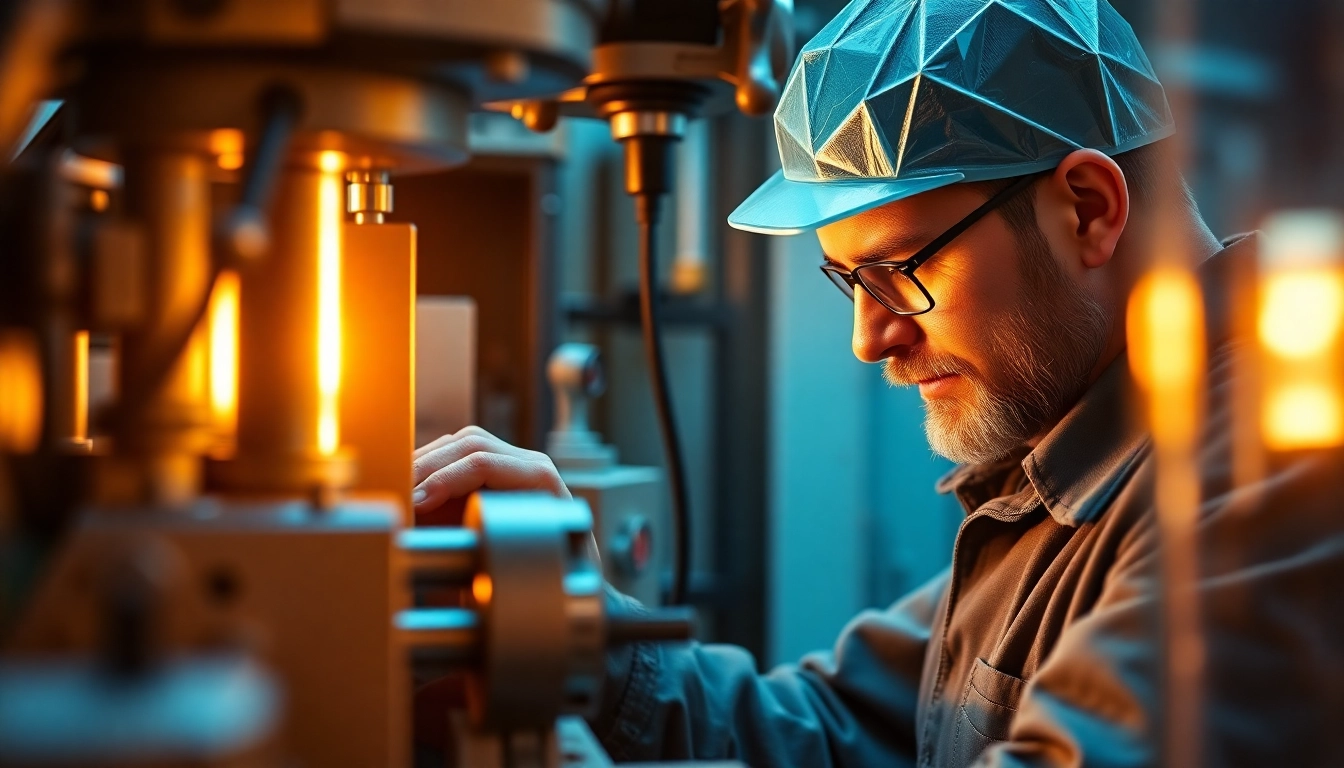
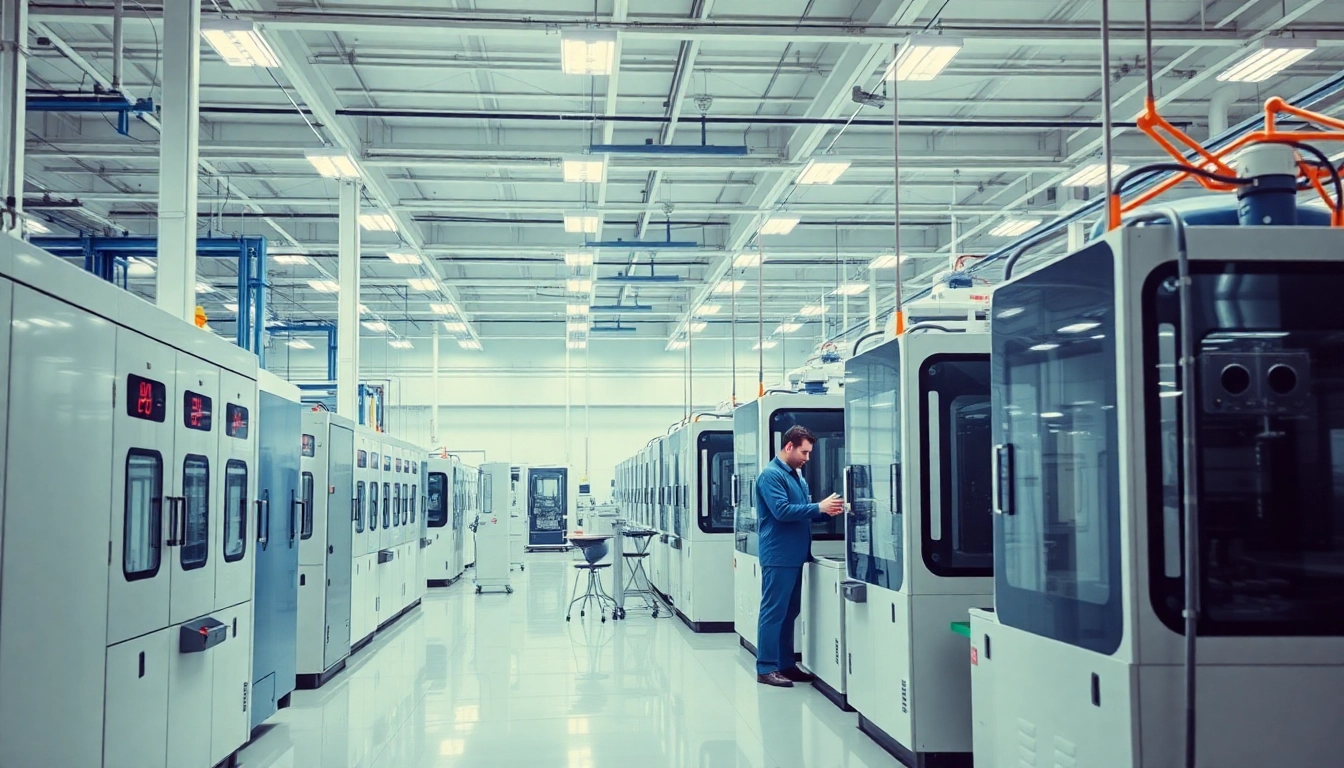
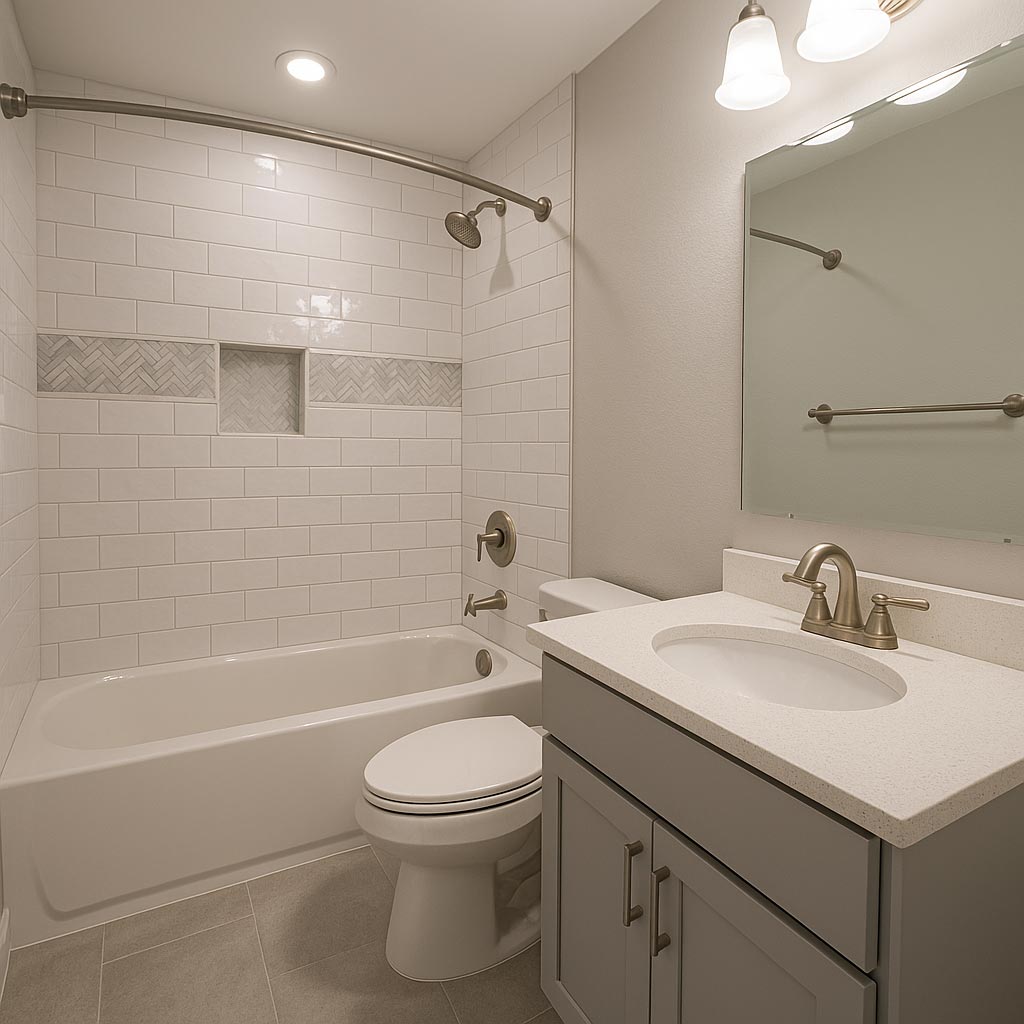


Leave a Reply